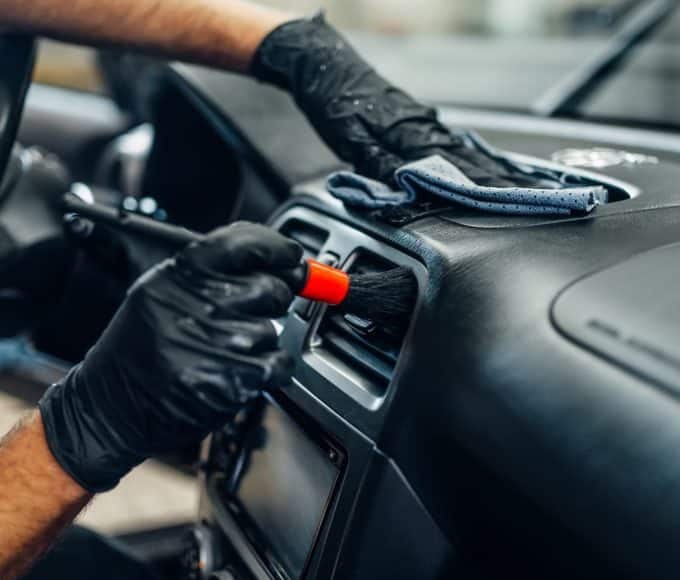Rideshare driving has become a popular and convenient mode of transportation for many people. While it offers numerous benefits, safety remains a major concern for drivers and passengers alike. Here, we’ll talk about some important challenges and issues related to the safety and well-being of rideshare drivers and how to improve everyone’s safety.
Night Driving
Driving late at night comes with its own set of risks. For safety purposes, rideshare drivers should always stay alert and avoid drowsy driving by taking regular breaks. Making a habit of taking breaks, especially at night, will improve safety for everyone on the road.
Familiarity with the surroundings and frequently traveled routes can also contribute to a better sense of security. Regularly updating GPS software can ensure accurate navigation with minimal risk.
Choosing the Right Vehicle and Safety Features
Having the right vehicle with essential safety features plays a significant role in protecting rideshare driver. When selecting a car for rideshare driving, consider cars that offer collision warning, blind-spot monitoring, lane departure warning, and automatic emergency braking systems. These features can help prevent accidents and enhance overall safety. Moreover, drivers should be well acquainted with their car’s safety features.
Regularly examining and maintaining the car’s essential components, such as tires, brakes, and lights, also ensures optimum performance and minimizes risks on the road. It is crucial to check if the car meets specific safety requirements for rideshare companies.
Dealing With Difficult Passengers
Rideshare drivers may occasionally encounter challenging passengers. In such cases, staying calm and composed is essential. Practicing de-escalation techniques and assertively communicating while maintaining professionalism can help resolve conflicts effectively.
Installing a dash cam in the car can provide extra security and potentially dissolve tensions between the driver and the passenger. Additionally, rideshare drivers can protect themselves further by having a reliable communication device to immediately report any issues to the rideshare company or emergency services if necessary.
Minimizing Risks Through Proactive Measures
Taking a proactive approach toward safety can significantly reduce risks faced by rideshare drivers. One vital consideration is insurance coverage. The question, “Does commercial insurance cover rideshare drivers?” is essential for drivers to explore. Depending on the policy, some commercial insurance may provide coverage. However, checking that the insurance plan explicitly covers rideshare driving is crucial to avoid potential liability in case of an accident.
Rideshare drivers should invest in personal safety equipment, such as a first aid kit and fire extinguisher, and emergency tools, such as a window breaker and seatbelt cutter. Furthermore, participating in safety training programs and defensive driving courses can enhance safety awareness and teach valuable skills.
Implementing these tips for safety as a rideshare driver should be a top priority. By considering the challenges mentioned above and adopting the suggested strategies, drivers can create a safer environment for themselves and their passengers, thus contributing to rideshare services’ overall success.
















Leave a comment